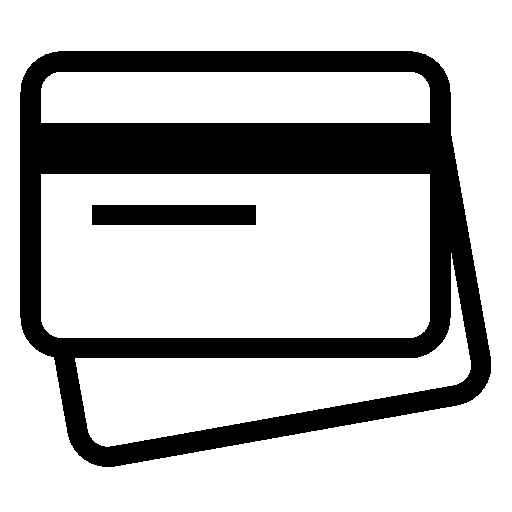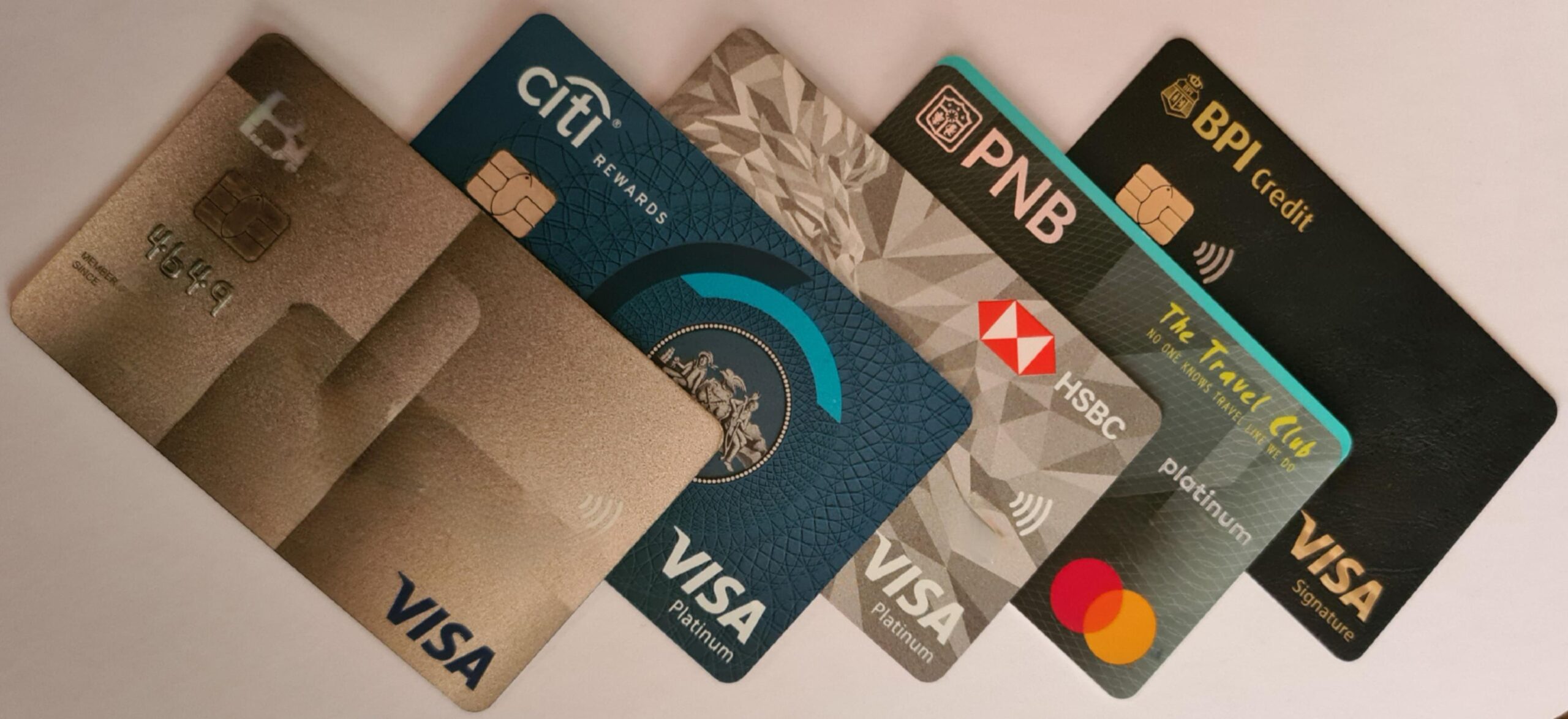When it comes to managing personal finances and utilizing credit, understanding credit card limits is essential. The credit limit is the maximum amount a cardholder can borrow on their credit card, and it plays a critical role in determining how much credit is available for purchases, cash advances, and balance transfers. A limit of $4649 is an uncommon but significant figure for a credit card, and this article will explore its implications, the factors that determine it, and how to make the most of such a credit limit.
What Is a Credit Card Limit?
Before diving into the specifics of a $4649 limit, it’s important to understand what a credit card limit is in the first place. A credit card limit refers to the maximum amount of credit the credit card issuer is willing to extend to the cardholder. This limit can be influenced by several factors, such as the cardholder’s credit history, income, spending habits, and overall financial health.
Credit card limits can vary widely depending on the type of credit card, the issuing bank, and the cardholder’s creditworthiness. They can range from as low as a few hundred dollars for individuals with limited credit history to tens of thousands of dollars for those with excellent credit.
The Significance of a $4649 Credit Card Limit
A credit card limit of $4649 is considered a moderate limit in the world of credit cards. While it’s not the highest limit available, it is still a decent amount of credit. For many people, this limit may provide enough flexibility to cover everyday expenses, travel costs, or emergency situations, while still leaving room for managing debt responsibly. Let’s explore some of the reasons why a credit card might come with this limit and what it means for the cardholder:
- Creditworthiness and Income: One of the primary factors that determine your credit card limit is your creditworthiness. This is based on your credit score, which is a numerical representation of your ability to repay debt. A higher credit score generally leads to a higher credit limit. Additionally, the issuer may look at your income to determine how much you can afford to borrow. If you earn a stable income and have a strong credit score, the issuer might extend a limit like $4649 as a way to offer you flexibility without taking on too much risk.
- Type of Credit Card: The type of credit card you have also plays a role in the credit limit you are assigned. For example, a standard credit card might come with a limit closer to the lower end, while a rewards card, premium card, or travel card might offer a higher limit. A $4649 limit could be typical for a mid-tier credit card with some benefits but without the high fees or high-end perks of elite cards.
- Credit History and Usage: Your credit history is another crucial factor. If you have a long history of responsibly using credit, such as paying off balances on time, your issuer may grant you a higher limit. If you’ve demonstrated your ability to manage credit, a limit of $4649 could reflect your responsible behavior.
How to Maximize Your $4649 Credit Card Limit
A credit card limit of $4649 may offer a lot of flexibility for your financial needs, but how you manage that credit limit is the key to benefiting from it without falling into debt. Below are some strategies to help you make the most of your $4649 credit limit:
1. Monitor Your Spending:
With a limit of $4649, it’s easy to get carried away and spend more than you should. However, responsible credit usage is essential. Try to keep your balance well below your limit, ideally under 30%. Spending close to or exceeding your credit limit can negatively impact your credit score and lead to high-interest charges. If you maintain a balance of $1400 or lower (around 30% of your credit limit), you will show lenders that you are a responsible borrower.
2. Avoid Maxing Out Your Card:
Maxing out your credit card, even if you have a high limit, can hurt your credit score. Credit utilization, which is the percentage of your available credit that you use, is a key factor in your credit score calculation. If you use too much of your available credit, it can signal to creditors that you may be overextended financially, which can lead to higher interest rates or even difficulty in getting approved for new credit.
3. Make On-Time Payments:
No matter how high or low your credit limit is, the most important thing is to make timely payments. Late payments can incur fees and high interest, and they will harm your credit score. Always aim to pay at least the minimum payment each month, and try to pay off your full balance to avoid interest charges.
4. Take Advantage of Rewards or Benefits:
Many credit cards offer rewards or perks for spending, such as cashback, travel points, or discounts. With a limit of $4649, you may have the opportunity to rack up rewards for purchases you would be making anyway. Just be careful to pay off your balance each month to avoid paying high interest on the purchases that could negate any rewards you earn.
5. Request a Credit Limit Increase:
If you use your credit card responsibly and consistently make payments on time, you may be eligible for a credit limit increase. If your $4649 limit seems insufficient over time, consider requesting a higher limit. Just ensure that you’re using your credit wisely, as an increased limit could also lead to increased temptation to overspend.
The Impact of a $4649 Credit Limit on Your Credit Score
Credit limits play an essential role in determining your credit score, and understanding how to use your $4649 credit limit responsibly can help you improve your score. Here’s how it works:
- Credit Utilization: As mentioned earlier, your credit utilization ratio (credit used versus available credit) is a major factor in your credit score. A high credit limit, such as $4649, provides more room to manage your utilization ratio. Keeping your balance low in relation to your credit limit can help you maintain or improve your score.
- Payment History: Your payment history makes up the largest portion of your credit score. No matter the size of your credit limit, consistently paying on time is the most important factor in maintaining a good score.
- Length of Credit History: The longer you’ve had your credit card and the more responsible you’ve been with it, the better it looks to potential creditors.
Conclusion
A $4649 credit card limit offers a decent amount of financial flexibility, but how you manage that limit is key to building a healthy financial profile. Responsible usage, such as keeping your balance low and making timely payments, can help improve your credit score and ensure that your credit limit continues to serve you well.
Whether you’re using this credit limit for everyday purchases, emergency expenses, or to earn rewards, it’s important to use it wisely. If you do, a $4649 credit limit can be a valuable tool in managing your finances and reaching your financial goals.




